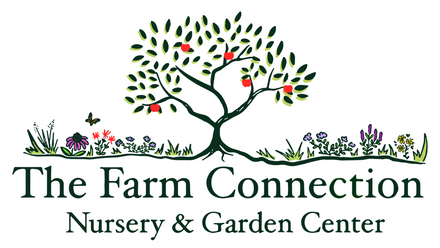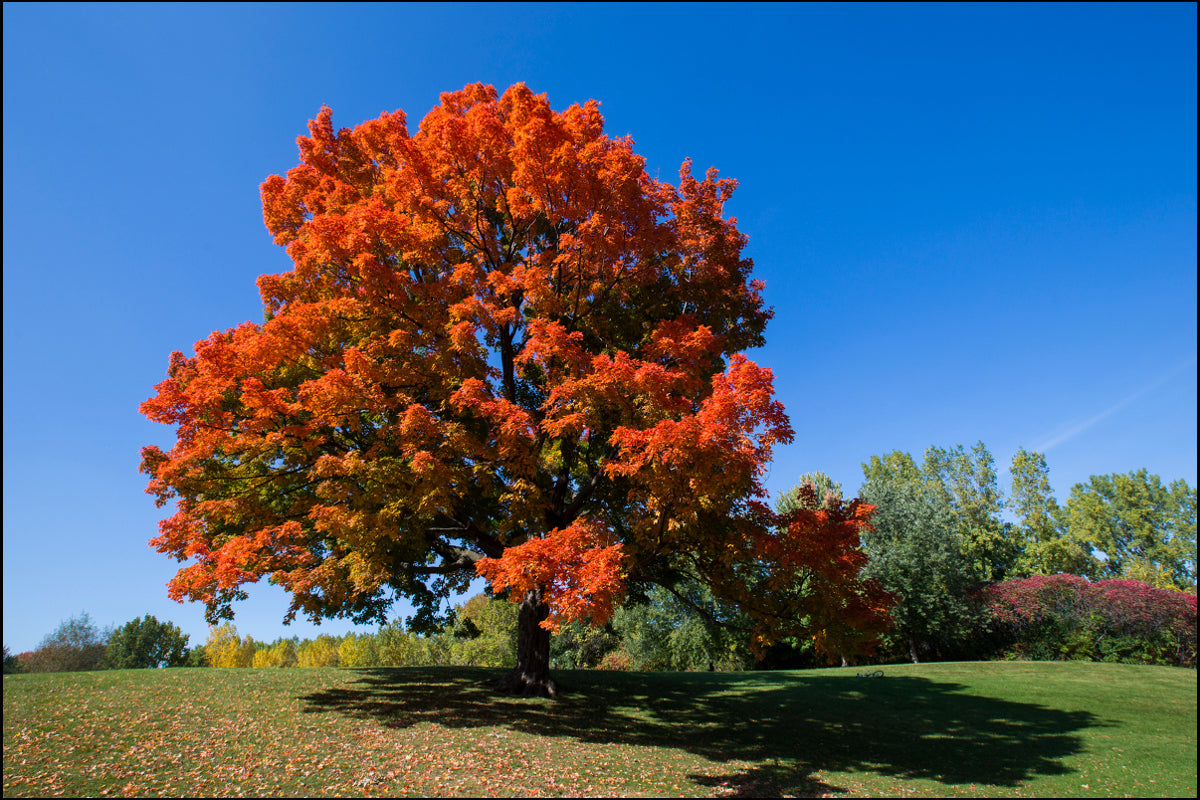Maple, Sugar, Bare Root
Syrup Tree with Stunning Fall Color
Maple, Sugar, Bare Root - Bare Root / 6-18" Seedling is backordered and will ship as soon as it is back in stock.
Couldn't load pickup availability
Delivery and Shipping
Delivery and Shipping
Make sure to thoroughly review our entire "Shipping, Returns, Refunds, and Our Guarantee" page for all relevant details about ordering from our store.
Making a purchase from our store constitutes an agreement to all the conditions outlined in those policies.
We appreciate your support and look forward to being your favorite plant provider!
Subscribe to our newsletter
Sign up for exclusive offers.
Sugar Maple (Acer saccharum)
Sugar Maple is a long-lived, iconic native hardwood renowned for its stunning fall foliage, high ecological value, and, of course, maple syrup production. Native to the hardwood forests of eastern and central North America, Sugar Maple thrives in rich, well-drained soils and plays a foundational role in mature forest ecosystems. Its dense canopy, deep roots, and strong wildlife associations make it ideal for reforestation, sugarbush management, and as a shade or legacy tree in food forests, silvopasture systems, and permaculture landscapes.
Key Characteristics
-
Source of maple syrup and edible sap
Sugar Maple sap has the highest sugar content of any native maple, making it the preferred species for syrup production. Tapping begins in late winter when days warm and nights freeze, yielding a sweet, versatile sap used for syrup, sugar, and even drinking fresh. -
Spectacular fall color for seasonal impact
This tree is celebrated for its vibrant autumn foliage—ranging from gold to brilliant orange and fiery red—making it a top choice for native ornamental plantings and regenerative designs with aesthetic value. -
Supports diverse native insect and bird species
Sugar Maple is host to dozens of moth and butterfly species, including the Rosy Maple Moth (Dryocampa rubicunda), and supports forest birds with its dense canopy and insect-rich foliage. The seeds (samaras) are also eaten by squirrels and birds. -
Long-lived and ideal for canopy reforestation
This species can live over 200 years and reach impressive size, forming the backbone of mature hardwood forest canopies. It's an excellent choice for reforestation of former woodlots, restoration of sugarbush systems, or long-term climate-resilient plantings. -
Prefers cool, moist, fertile soils
Sugar Maple thrives in mesic (moist but well-drained), slightly acidic to neutral soils. It performs best in full sun to partial shade and is sensitive to drought and compacted soils, so thoughtful site selection is key.
Product Details
- Native range: Northeastern, Great Lakes, and Appalachian regions of the U.S. and Canada
- Plant life cycle: Deciduous Tree
- Sun requirements: Full sun to partial shade
- Soil requirements: Medium; prefers rich, moist, well-drained loam
- Mature height: 60–100 feet
- Bloom time: Early spring
- Bloom color: Yellow-green (inconspicuous)
- USDA Hardiness zones: 3–8
Sugar Maple is a high-value native tree offering food, fall beauty, biodiversity support, and ecological longevity. A keystone species for sugarbush systems, forest gardens, and regenerative landscapes that look generations ahead.
-
Sun RequirementsFull Sun, Part Sun/Shade
-
Soil RequirementsMedium, Medium-Wet
-
Bloom ColorGreen, Orange, Yellow
-
Bloom TimeApril, May
-
USDA Hardiness ZonesZone 3, Zone 4, Zone 5, Zone 6, Zone 7, Zone 8
-
Native StatesMaine, Vermont, New Hampshire, New York, Pennsylvania, Ohio, Indiana, Illinois, Michigan, Wisconsin, Missouri, Kentucky, Tennessee, Virginia, West Virginia, North Carolina
Payment & Security
Payment methods
Your payment information is processed securely. We do not store credit card details nor have access to your credit card information.




